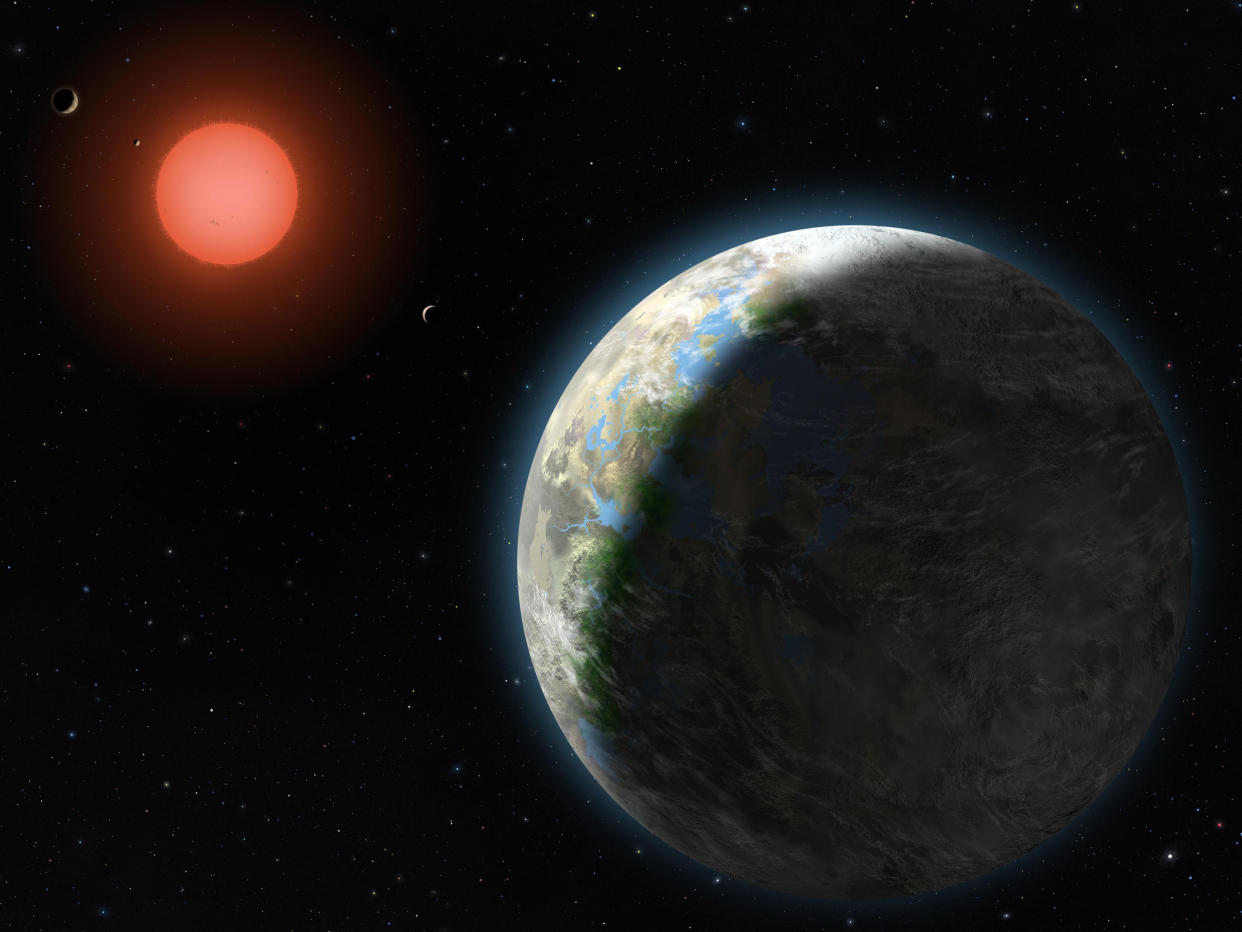Alien star 'nudged' our solar system 70,000 years ago (and its effects are still visible now)

Around 70,000 years ago, a small, reddish star came near our solar system and disturbed comets and asteroids – just when modern humans were beginning to leave Africa.
The star – Scholz’s star – named after the German astronomer who discovered it – approached less than a light-year from the Sun, when Neanderthals were still on our planet.
Astronomers from the University of Cambridge have verified this week that the effects of the star are still visible now in the movements of distant asteroids and comets.
Nowadays it is almost 20 light-years away, but 70,000 years ago it entered the Oort cloud, an area of objects at the edge of the solar system, beyond Neptune.
MOST POPULAR TODAY ON YAHOO
Brexit: Blue UK passport to be made by foreign company in ‘national humiliation’
Body of obsessive hoarder, 87, discovered under clutter after FOUR YEARS as daughter found collapsed
Police watchdog launches probe after armed officers shot at suspect 13 times
Britain could be in for a ‘white Easter’ as icy temperatures return, forecasters predict
First found in 2015, astronomers analysed the nearly 340 objects of the solar system with hyperbolic orbits (very open V-shaped, not the typical elliptical) – and found that some of them are still influenced by the passage of Scholz’s star.
Lead author Carlos de la Fuente Marcos says, ‘Using numerical simulations we have calculated the radiants or positions in the sky from which all these hyperbolic objects seem to come.
‘In principle, one would expect those positions to be evenly distributed in the sky, particularly if these objects come from the Oort cloud; however, what we find is very different: a statistically significant accumulation of radiants. The pronounced over-density appears projected in the direction of the constellation of Gemini, which fits the close encounter with Scholz´s star.’

 Yahoo News
Yahoo News 

